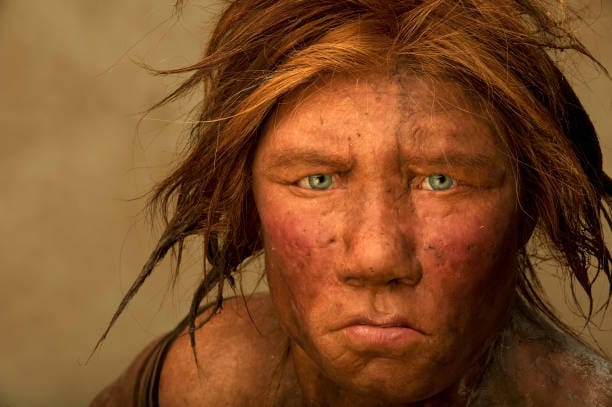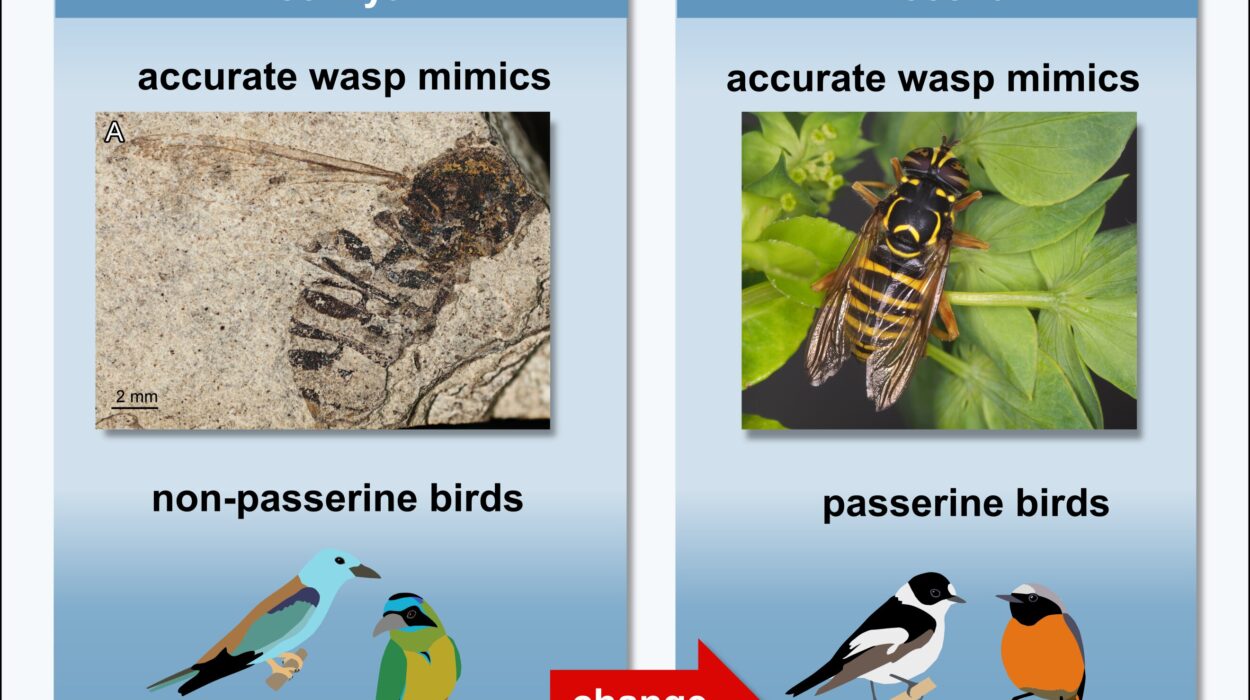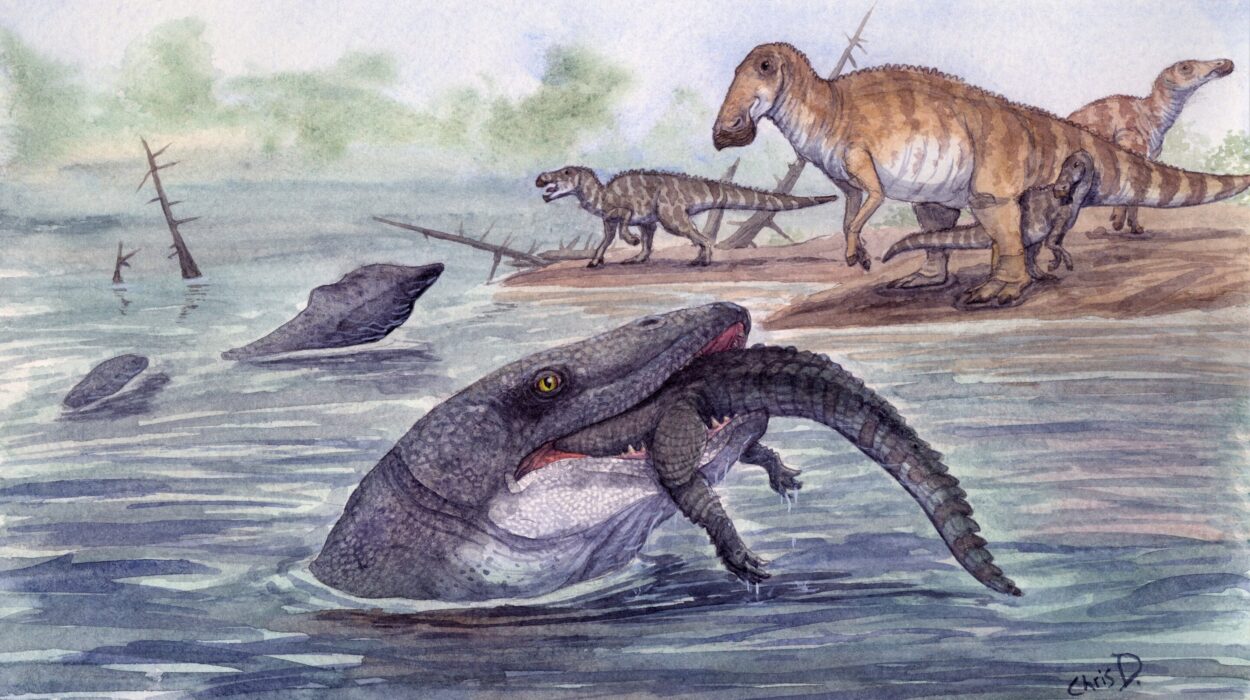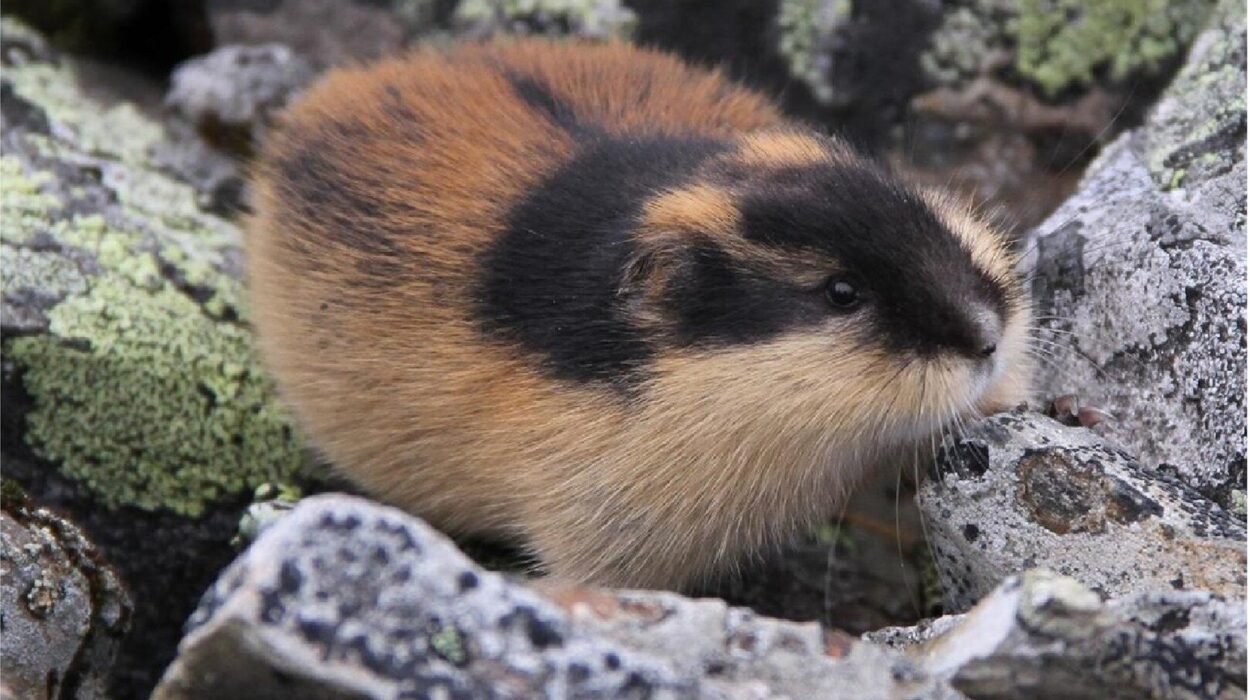Long before skyscrapers pierced the sky and satellites orbited Earth, long before the words “civilization” or “history” even existed, there were others. They walked forests of towering oaks and glacial valleys veiled in mist. They watched the stars without names, felt the seasons in their bones, and raised their children with quiet hope beneath mammoth-haunted skies. For over 300,000 years, Neanderthals endured.
Their bones first emerged from the earth in the 19th century, pulled from limestone caves in the Neander Valley of Germany. The world was not ready. The idea that another type of human once walked alongside us—shared fires with us, perhaps even blood—was met with skepticism, even fear. Early scientists called them brutish, slow, almost animal. The word “Neanderthal” became synonymous with stupidity and savagery.
But those who listened closely to the fossilized whispers, who brushed dust from ancient skulls with reverence rather than ridicule, began to hear a different story. Not one of inferiority, but kinship. Not extinction alone, but memory and merging. And so the tale of the Neanderthals, long shrouded in misconception, began to emerge—not from myth, but from marrow.
Born of Ice and Stone
Neanderthals (Homo neanderthalensis) were not a detour on the road to us—they were a parallel branch, a sister species. Their story begins in Africa, where our last common ancestor lived around 600,000 to 800,000 years ago. One group of these early hominins ventured into Eurasia, adapting slowly over hundreds of thousands of years to colder climates, fluctuating ecosystems, and glacial pulses.
By 400,000 years ago, the Neanderthals had arrived. They were children of the Ice Age—stocky, muscular, with broad noses to warm frozen air and barrel chests that defied bitter winds. Their skeletons tell of lives shaped by hardship: broken bones, worn joints, evidence of powerful muscles that spoke of close encounters with dangerous prey. Yet their eyes, reconstructed through careful science and haunting art, suggest something more: depth, perception, sentience.
These were not mindless hunters. They were engineers of stone tools sharper than obsidian, creators of shelters and hearths, caretakers of their sick, and lovers of beauty in ways that still defy full understanding.
More Like Us Than Not
For decades, Neanderthals were portrayed as less than human. But every layer of sediment, every fragment of skull and jaw, tells a more nuanced truth: they were deeply human in mind and emotion.
They lived in tight-knit groups—families, perhaps clans. Some fossils show signs of individuals who survived crippling injuries thanks to long-term care. There’s Shanidar 1, a man from northern Iraq who lived despite a withered arm and damaged eye. Someone had helped him eat, move, live. Compassion is carved into the fossil record.
And what of beauty? In Spain, deep within a cave inaccessible without artificial light, Neanderthals painted on walls. Red ochre in arcs and handprints. A shell pierced and dyed. Eagle talons strung together. These are not utilitarian acts. They are symbolic. Ritualistic. Perhaps even spiritual. Did they sing? We may never know. But in the patterns they left behind, one can almost hear the echoes of music—if not in sound, then in soul.
Speaking Through the Silence
Did Neanderthals speak? For many years, the answer was assumed to be no. But science has a way of transforming questions into portals.
The key was a small bone in the throat—the hyoid—essential for speech. In a Neanderthal specimen from Israel, the hyoid was nearly identical to ours. Then came genetic data: the FOXP2 gene, linked to language ability in modern humans, was also found in Neanderthals. The machinery for speech was likely there. They may not have spoken exactly as we do, but they were not mute. Perhaps their language was guttural, shaped by the cold air of steppe and cave. Perhaps it was rich in gesture, expression, and tone.
To imagine a Neanderthal mother calling to her child across a valley, a father warning of danger, a lover whispering in the dark—it is not fantasy. It is a possibility carved from bone and genome alike.
The Fire Within
Neanderthals were not aimless wanderers. They built hearths and returned to the same sites across generations. At La Ferrassie in France, there are signs of repeated occupation. Hearths, stone tools, and bones arranged in ways that suggest planning, perhaps even tradition.
They mastered fire—not just for warmth, but for survival. Firelight meant life in the bitter dark. It meant cooking, protection from predators, and a place to gather. There’s evidence they used birch bark to make pitch—a kind of glue—by heating it in a low-oxygen environment, a chemical process once thought too advanced for them. But the Neanderthals were chemists long before the periodic table.
They hunted collaboratively, taking down massive game like mammoths, rhinoceroses, and bison. This required coordination, communication, and courage. They did not have long-distance weapons like bows and arrows. They faced these animals up close with spears—one wrong move and death was certain. Bravery is written in their ribs and clavicles, cracked and healed from battles won.
In the Shadow of Homo Sapiens
Around 60,000 years ago, something changed. From Africa, another species began to move outward in waves. They were us—Homo sapiens. And the world would never be the same.
Wherever modern humans went, Neanderthals disappeared soon after. For decades, the story was told in stark binaries: we arrived, and they vanished. We were smarter, faster, more social. They were doomed relics.
But again, the bones whispered another truth.
Neanderthals did not vanish overnight. For thousands of years, they coexisted with us—in caves, in forests, perhaps even in love. There is compelling evidence that they interbred with Homo sapiens. Today, all non-African humans carry 1% to 4% Neanderthal DNA. Their legacy lives in our skin, our immune systems, perhaps even in our mood disorders or circadian rhythms. To this day, our dreams may carry their shadows.
Why Did They Disappear?
The question haunts anthropology still: why did Neanderthals disappear?
The answers are complex, and no single theory suffices. Climate change reshaped their world, turning lush plains into tundra. Competition with Homo sapiens for resources may have strained their numbers. Perhaps disease spread between the two populations. Or maybe they simply merged into the wave of humanity rising all around them.
One of the most emotionally poignant possibilities is this: they were too much like us. In a world of limited resources, the better-connected, more numerous Homo sapiens gradually overwhelmed them—not through war, but attrition. A thousand small losses over centuries until there was no one left to bury the dead.
But it was not a clean break. As with family, the end was blurred, complicated, and intimate. In some valleys, the two species may have lived side by side. In others, they may have fought. In still others, they created children—part Neanderthal, part modern human. Those children are our ancestors.
The Myths We Told and the Truth We Found
For centuries, Neanderthals were imprisoned in myth. Seen as cavemen too dim to survive, they were caricatured in textbooks and pop culture alike—grunting, hairy, stooped.
But every new fossil, every genome sequenced, every microscopic grain of pollen found in their burial sites, tells a deeper story. They were not lesser humans. They were a different kind of human.
Some scientists even debate whether Neanderthals should be considered a separate species at all, or simply a subspecies of Homo sapiens. The line between “them” and “us” grows ever thinner.
The real tragedy of the Neanderthals is not that they died out, but that we misunderstood them for so long. That we projected our fears of otherness onto a people who may have been as kind, clever, and creative as ourselves.
The Graves They Left Behind
Perhaps the most haunting evidence of Neanderthal humanity lies in their burials. At several sites—Shanidar in Iraq, La Chapelle-aux-Saints in France—Neanderthal bodies were laid to rest with care. One individual was buried with flowers, whose pollen remains in the soil even now. Another lay curled as if asleep, surrounded by tools and animal bones.
Were these true rituals, or simply practical ways to dispose of bodies? We may never know. But the tenderness suggested by these graves cannot be dismissed.
To bury the dead is to acknowledge their value. It is to say, “You mattered. You will be missed.”
That is the essence of humanity.
Echoes in the Genome
Modern genetic science has transformed our understanding of the Neanderthals more than any single archaeological dig.
The first complete Neanderthal genome, sequenced in 2010, changed everything. It proved definitively that they interbred with Homo sapiens. It revealed how their genes persist in our own—affecting everything from immune response to skin pigmentation, from metabolism to susceptibility to depression.
Some of our adaptations to life outside Africa—coping with less sunlight, fighting unfamiliar pathogens—come from them.
Their extinction was not total. It was partial absorption. They live on in the blood of billions.
A Shared Fire
To imagine a Neanderthal is to imagine a person—not identical, but familiar. They would have looked into the fire with wonder. They would have told stories in the dark. They would have loved, mourned, laughed.
Perhaps the real miracle is not that we share genes, but that we share longings.
A longing for meaning. For belonging. For warmth.
In a cave in France, 176,000 years ago, Neanderthals broke stalagmites into uniform pieces and arranged them in circular patterns. The purpose is unknown. No living creature other than Homo sapiens has made structures that old—except Neanderthals.
They were not waiting for us. They were making something for themselves.
The Humanity in the Bones
Neanderthals were not our ancestors. They were our relatives. Our cousins. And like any family, their legacy is complicated, painful, and beautiful.
They lived for over 300,000 years—far longer than modern civilization has existed. They endured ice ages, hunted beasts, painted in darkness, and shaped the genes of future generations.
Their story is not one of failure. It is a testament to resilience. To adaptation. To a kind of love that left no written words, but echoes in stone and bone.
When we study them, we do not just look into the past. We look into ourselves. For they are not gone. They are part of us—literally, emotionally, historically.
In our marrow, in our myth, in our dreams, the Neanderthals endure.






